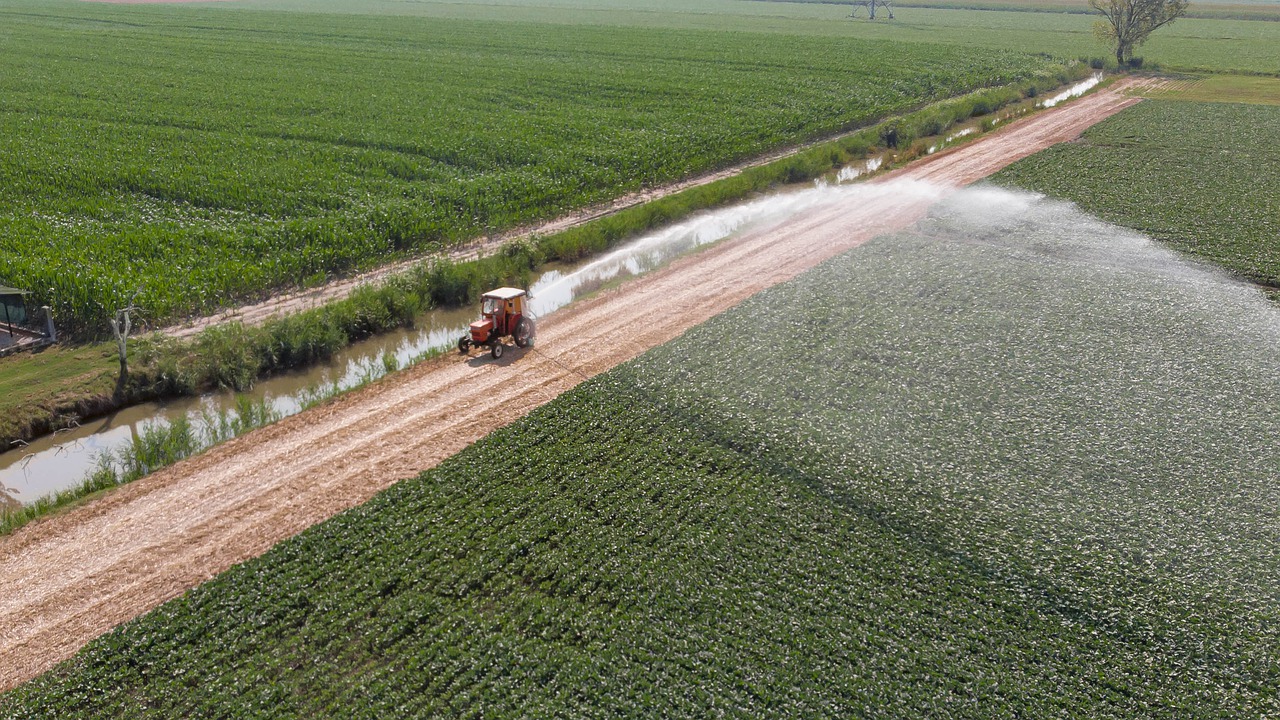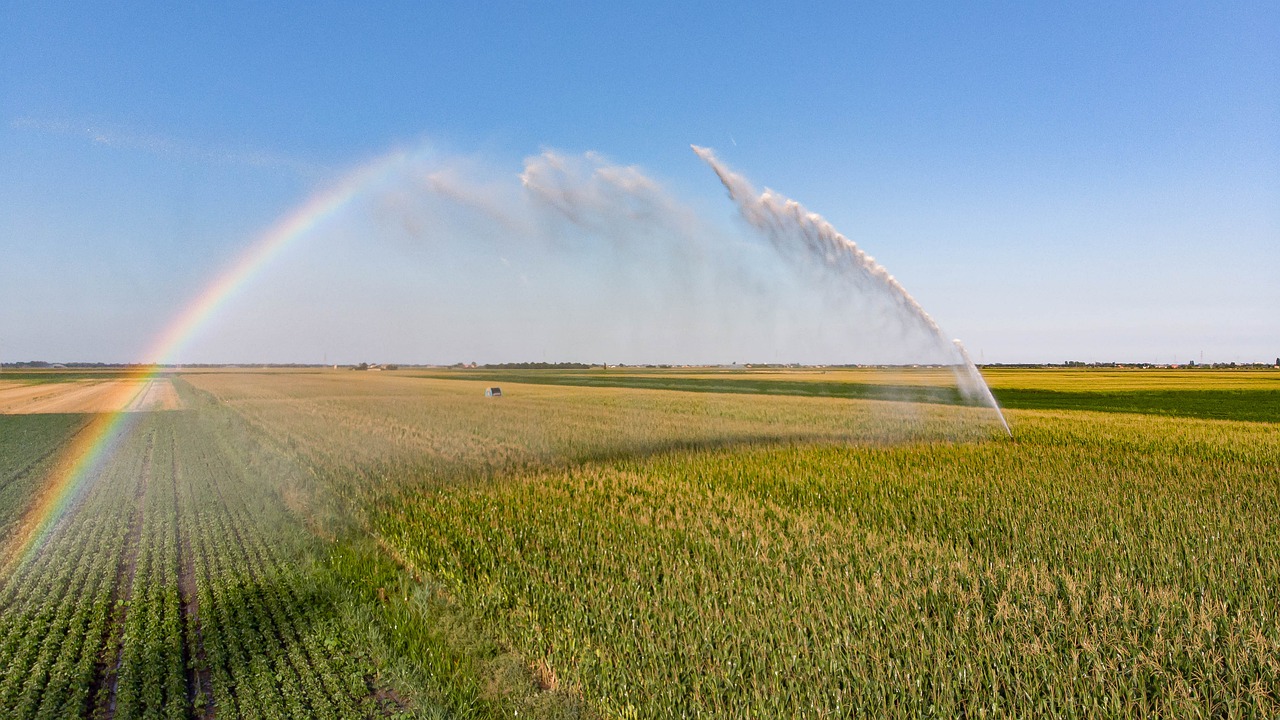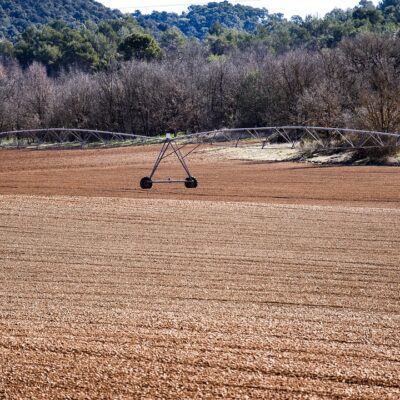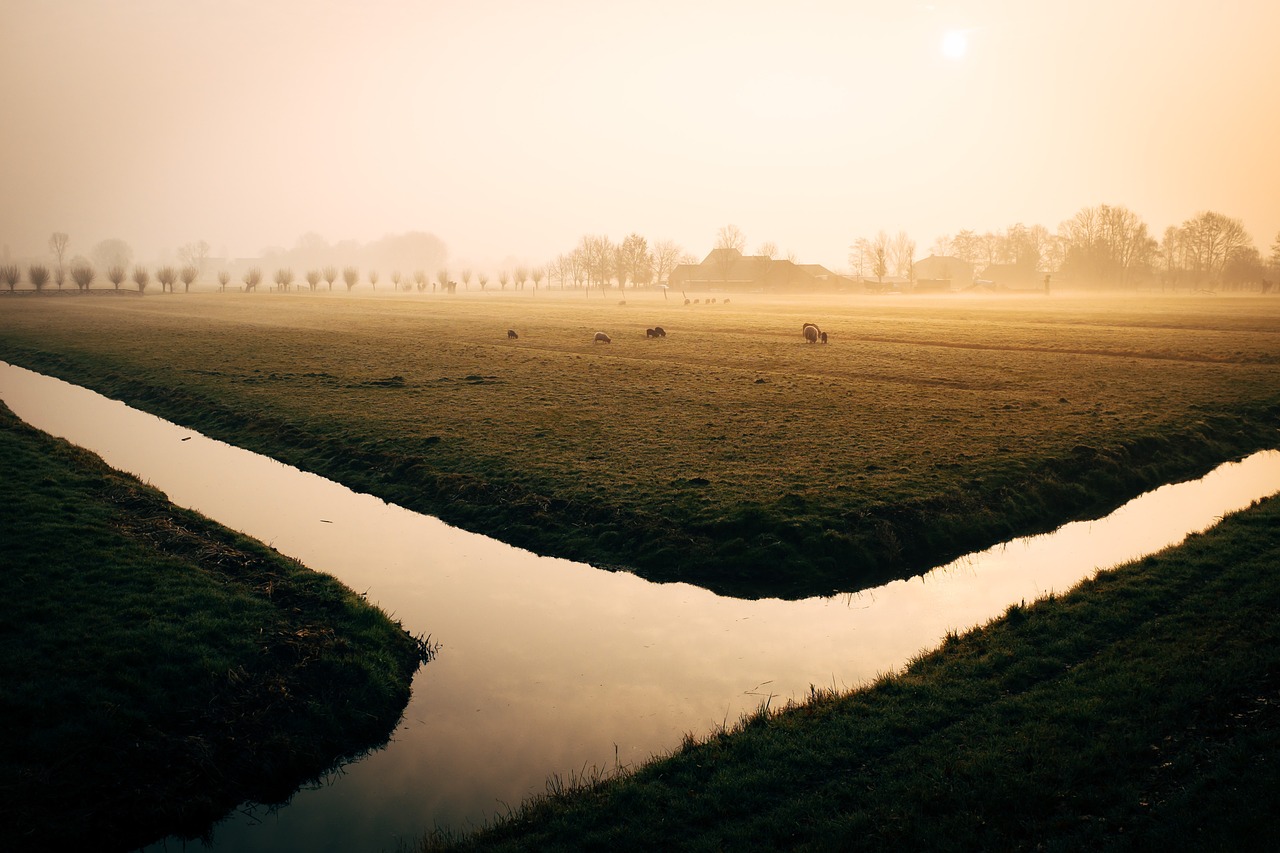In countries that don’t get regular, reliable rainfall, the agricultural industry turns to the science of irrigation to get the water to crops so they can survive and flourish. It is needed even here in the UK, which we all tend to denigrate for its seemingly constant rainfall, because there isn’t an even spread of rainwater.
The areas where we get the most rain in the UK are the Welsh mountains, the Pennines in North England, and the Moors in the South West. In these areas, the annual rainfall can amount to 4577mm. They are among the wettest regions in Europe.
Some areas in the UK only receive 600mm of rainfall per annum. They include:
- Cambridge
- East Riding of Yorkshire
- Essex
- Norfolk
- North Yorkshire
- Suffolk
In East Anglia and the south and southeast of England, they get less than 700mm a year. All of these areas are important in agricultural terms. Natural rainfall is either not enough or does not fall at the right time of year in sufficient quantity to sustain crops. In Eastern England (Cambridge, Essex, Norfolk and Sukkolf), they are reliant on chalk aquafers.
Insufficient water delivered to crops during the growing season limits the growth of plants and increases the probability of plant disease.
Climate change, evapotranspiration and winds are other factors that add to farmers problems, not just here in the UK but all over the world. Efficient irrigation systems are the only answer.
The Factors That Influence Which Irrigation Systems to Install
There are various kinds of irrigation systems in use today. Which ones farmers decide to use depends on a number of factors, including:
The Type of Soil
Soil type influences which type of irrigation will work best and which irrigation run times to program. For example, sandier soils need frequent spells of irrigation at a high delivery rate in order to deliver and retain moisture in the crop root zone. Soils with higher concentrations of clay are capable of holding water longer but may also require frequent applications, albeit at a slower rate to prevent run-off.
The Topography of the Land
Hilly terrain or land that slopes creates its own particular problems. Drip irrigation systems can work effectively when the laterals can be positioned along topographic lines. However, delivery times may need careful management to stop any run-off. Travelling and centre pivot systems are not normally suited to this type of terrain.
Local Weather Conditions
In regions that experience high winds or arid areas with low humidity, sprinkler systems are less efficient due to the increased occurrence of evaporation. Drip irrigation systems are a better solution.
Crop Selection
Some types of irrigation systems cost more than others. Therefore, the more expensive ones are better from an economic point of view used on high-value crops such as some vegetables, orchard, and other small fruits.
The Quality of Water
Drip and overhead irrigation systems must employ some sort of filtration to remove soluble iron and other dissolved mineral deposits. Filter systems can be compromised if concentrations of these soluble’s are high. Water also needs to be tested for waterborne pathogens. In some instances, a chlorine injection may be necessary.

Irrigation Systems and How They Work
Having had a quick look over the various factors that can influence which type of irrigation systems are best used under certain circumstances, let’s now take a quick look at the systems themselves and how they work.
Surface Type Irrigation
Surface type irrigation describes systems that distribute water across an area using the force of gravity without the need for involving mechanical pumps.
Localised Type Irrigation
This type of irrigation is where water is delivered under low pressure to each plant via a network of pipes.
Drip Type Irrigation
Drip irrigation systems are a type of localised system whereby drops of water are delivered to or near the root systems of the crops. One of the advantages of drip irrigation is the minimisation of evaporation and run-off.
Sprinkler Type Irrigation
With sprinkler irrigation systems, the water is delivered via overhead high-pressure sprinklers or guns, either from a central position in the field or via sprinklers mounted on a moving platform.
Lateral Move Type Irrigation
Lateral move irrigation involves delivering water through a series of pipes, each of which has a wheel and a set of sprinklers that can either be rotated by hand or mechanically. The sprinklers travel a specific distance before they need to be reconnected to another source to be able to travel the next stretch. Although these types of systems are less expensive capital-wise, they are much more labour-intensive.
Sub Surface irrigation
Subsurface irrigation relies on the local water table, which can be raised via a system of canals, ditches, gates, and pumping stations. Naturally, this type of system is best used in regions with high water tables.
Center Pivot Type Irrigation
This type of irrigation system involves a mobile pipe structure that rotates about one central pivot point, and that is connected to a local water supply. Central pivot irrigation systems are very efficient, having the ability to negotiate uneven terrain with relatively low capital investment costs.
The first centre pivot irrigation systems were used in Nebraska in the 1950s and were so successful that they were soon being used worldwide. They are perhaps the most significant agricultural development since tractors replaced the horse and plough. These systems usually travel using electrical power, although some are designed to work hydraulically.
Irrigation Systems Do More Than Just Deliver Water
When a layperson thinks about irrigation systems, thoughts centre on the delivery of water to plant root systems. While that is the main purpose behind irrigation systems, it is not all. Modern technology has enabled these systems to become a critical part of a farmers armoury in terms of crop nutrient management.
Irrigation systems are now designed with fertigation in mind. Fertigation describes the practice of delivering fertilisers to crops via irrigation systems. But not just fertilisers. Farmers can also deliver other necessary materials, including soil amendments and other water-soluble products and chemicals.
These modern irrigation systems provide a multipurpose, win-win scenario as they also use scarce water resources much more efficiently.
Sources of research:
https://www.onaverage.co.uk/weather-averages/average-rainfall-uk
https://www.potatopro.com/news/2019/dry-weather-drives-smart-irrigation-united-kingdom
https://environmentagency.blog.gov.uk/2019/10/02/protecting-our-precious-chalk-streams/
https://www.access-irrigation.co.uk/news/why-irrigate-in-the-uk/
https://www.cdc.gov/healthywater/other/agricultural/types.html
https://wplawinc.com/agricultural-irrigation-blog/considerations-when-choosing-an-irrigation-system
https://ahdb.org.uk/knowledge-library/introduction-to-fertigation


